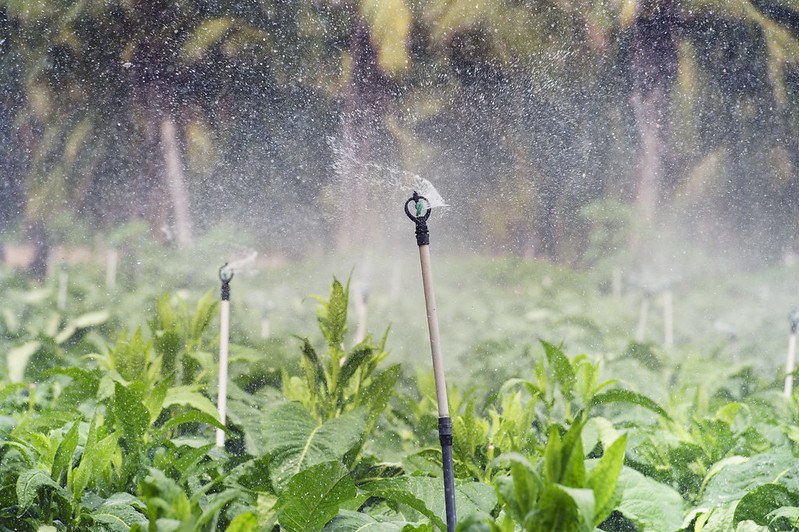Last Updated on
There is a lot of debate on the use of wastewater in irrigation. Questions such as whether there are adverse effects for farmers and gardeners who use this water, whether plants will be ok to eat, and the effects of using this water on the soil and environment. In this article, we will look at how wastewater can be used for irrigation with no adverse effects on the farmer or environment.
Drip Irrigation
Drip irrigation has been in use as a way of disposing of wastewater since around 2010 in different parts of the world. The drip irrigation systems used in this way are composed of a septic or treatment tank, a hydraulic pump tank and unit, and the drip irrigation unit.
The wastewater coming from the home enters the septic or treatment tank first. Here, all solid matter is removed, and all organic matter decomposed before the water can move on to the next section. Because the septic and treatment tanks are constructed like other sanitation systems, they may end up costing the same as a septic and treatment plant for your home. The cost of building this part of the system will also be affected by the rising supply chain cost of plastic and other materials used in the sanitation industry, as the linked blog post explains.
All the water leaving the septic tank is collected in the hydraulic pump tank where it is readied for the drip system. However, before it can be released to the farm or garden, the water has to pass through the hydraulic unit. Here, all remaining waste particles are removed so they do not clog the system.
The hydraulic system can also be used to alternate water supply between two drip irrigation systems.
Check here for more information about wastewater treatment systems.
The Drip Irrigation Zones
The drip absorption system is the last component. They are installed in pairs, with each of the zones using a supply pipe that connects the hydraulic unit to each of the drip irrigation zones. There is also a return pipe that returns any unused water to the hydraulic unit.
Each of the irrigation zones is buried under the surface, about 24 inches below ground, and it allows for the saturation of the soil around the irrigation zones so it can be absorbed and used by the plants.
Long-term Effects
If the water is not treated properly and all chemicals removed when it is in the septic tank, all these chemicals can end up in the soil. This can change the PH of the soil, making it less fertile. Also, if the soil gets saturated with different chemicals, such as those found in different skin and body care products, it may release them into the groundwater, and this could be dangerous.
In areas where water is scarce or where a farmer or gardener wants to make the most use of their wastewater, having a system such as the one discussed above is always a great option. All you need is to have a professional install the system and a soil scientist to check the soil from time to time, so you can make corrections if something goes wrong.


Reply